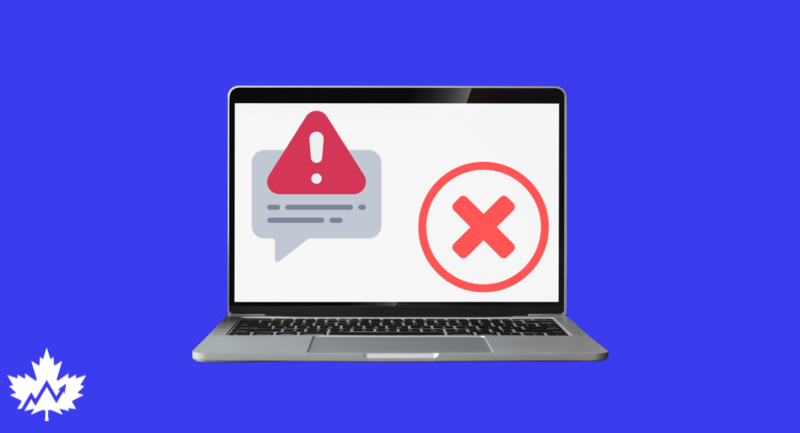In Mad Men, Don Draper pulled airline ads so they wouldn’t run next to newspaper stories about a plane crash. Now imagine if that was happening all the time, every day, to every online news site.
Driving the news: Last week, G/O Media shut down feminist news site Jezebel after failing to find a buyer. A main factor in the decision was brand safety — advertisers reportedly didn’t want their ads next to coverage of issues like sex and abortion.
Catch-up: Brand safety is the idea that advertisers don’t want to appear next to objectionable content. It can be a fair way to guide online ad buying — advertisers don’t want to support sites that host misinformation, for example — and is largely determined by algorithms plugged into automated ad-buying platforms.
Why it’s important: Jezebel’s closure has brought new attention to a pitfall of brand safety: It can (both purposely and inadvertently) divert revenue away from news sites covering important subjects.
- Some of this can be chalked up to skittish marketers avoiding “culture war” backlash, even though there’s little evidence that people associate a brand with a controversial subject just because an ad appears next to a news story.
- But the technology behind it also carries some blame. Many brand safety strategies use a blunt, keyword-based approach that avoids pages mentioning “sensitive” subjects like race, war, politics or mass shootings — the kinds of things readers turn to news sites for information on.
- It’s not a great deal for advertisers either, as it limits their reach on high-traffic news stories and drives up prices in environments that are considered brand-safe.
Zoom out: This month, Google announced new brand safety tools for its Display Network, a major provider of ads for news websites globally. The “Excluded Themes” advertisers can leave out of their ad buys are very broad and include, quite simply, “news.”
